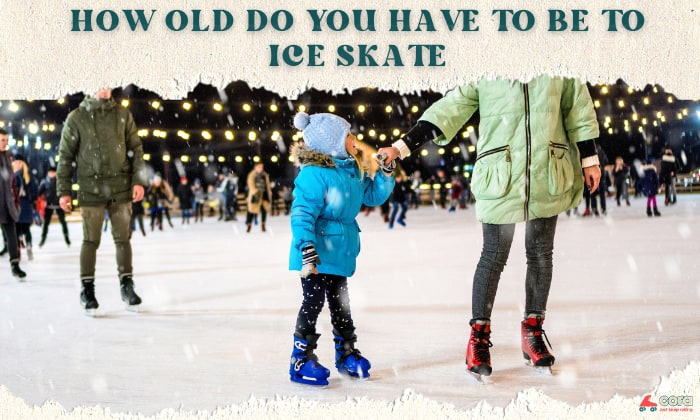Over the years, sports have become creative. Various styles made it easier to identify who the better athlete was and which participant deserved more recognition. One of the events significantly affected by these changes is roller skating, which now has an artistic approach.
So, what is artistic roller skating? In a nutshell, it puts a skater in a more expressive position. It doesn’t impose strict rules but allows more freedom for the skater.
Page Contents
Artistic Roller Skating: History and Evolution
Artistic roller skating resembles Olympic figure skating a lot. The only difference is using quad or inline roller skates instead of blades. But where and how did this skating style start?
Although roller skating started in the 18th century, its artistic style began to rise in the 20th century. Between these years, the sport transitioned from being a mode of transportation to becoming recreational and creative.
If there’s one moment that significantly gave rise to artistic roller skating, it was in 1937, when the world’s first artistic roller skating championships took place. However, only quad skates were on the floor back then, as inline rollers entered the scene in the ’90s.
Besides the introduction of new skates, the skill set of artistic roller skating also evolved. In the ’50s, skaters got to incorporate dance moves like waltz, foxtrot, and tango. The ’70s was the birth of more unrestricted jumps and spins, igniting the creative side of many roller skaters.
Disciplines of Artistic Roller Skating
We now know what artistic roller skating is, its associated movements, and how it evolved over time. Does it also come in categories? Yes. Here are the different disciplines of this professional roller skating style.
1. Dance Skating
Dance is one of the very first forms of artistic roller skating. This skating style highlights the skater’s poise and timing.
In this discipline, the performance consists of either ballroom or ballet dancing. Dancing on roller skates features three sub-categories: free, original, and compulsory, to emphasize the skaters’ expressions.
2. Free Skating
Free skating is one category that best highlights the skaters’ groove and coordination. This discipline can either be for couples or groups for synchronized skating.
If there’s one aspect we can identify about freestyle roller skating, it’s its similarity in jumps and spins compared to figure skating, though some moves like the heel camel spin can be done on roller skates but not on ice blades.
3. Figure Skating
Perhaps roller figure skating requires the most accuracy from every skater. Why? On the floor are figures called eights, loops, and paragraphs. Performers will skate and glide along over 60 of these patterns. Not to mention, they must execute these routines with balance and control.
4. Precision Skating
Precision skating is a likely competitor of figure skating in difficulty. This 8-to-24-man discipline combines almost all the skills to perfect in the other three categories.
This competitive roller skating category needs precision, timing, teamwork, speed, and exceptional skating skills.
The Essence and Allure of Artistic Roller Skating
Roller skating has continually evolved, with the artistic style one of its most significant milestones.
In artistic roller skating, skaters learn to dance, move precisely, skate cohesively, and step into greater heights. These make skate enthusiasts more competitive and mindful of their movements.
But no matter how many more styles and categories surface, artistic roller skating remains an icon of creativity, freedom, and art encompassed in a captivating competition. It’s unique and is one of the best self-expressive sports anyone can try.
Conclusion
Changes in sporting activities do not mean we’re leaving behind the traditional way of doing them. Instead, it only shows that something more beautiful, creative, and freeing can happen. And these changes happened in roller skating.
So, what is artistic roller skating? It’s a style of skating on inlines or quads with fewer guidelines and more freedom. Artistic skating makes the sport more thrilling, encouraging, and competitive.
Like any other sport, artistic roller skating has different avenues to explore. Maybe, it’s about time you try it.

Born in 1990, Rice is a skating expert who fell in love with it as a sport and recreational activity at the age of 9. He does inline skating as well as roller skating. Throughout the years, Rice has built up an impressive collection of skating gear and honed the essential know-how. During the pandemic, when he was kept from hitting the skate park, Rice founded Cora with his roommate Gibson to share his skating knowledge and experience. The goal is to make skating more accessible to everyone, regardless of gender, age, and ethnicity.












